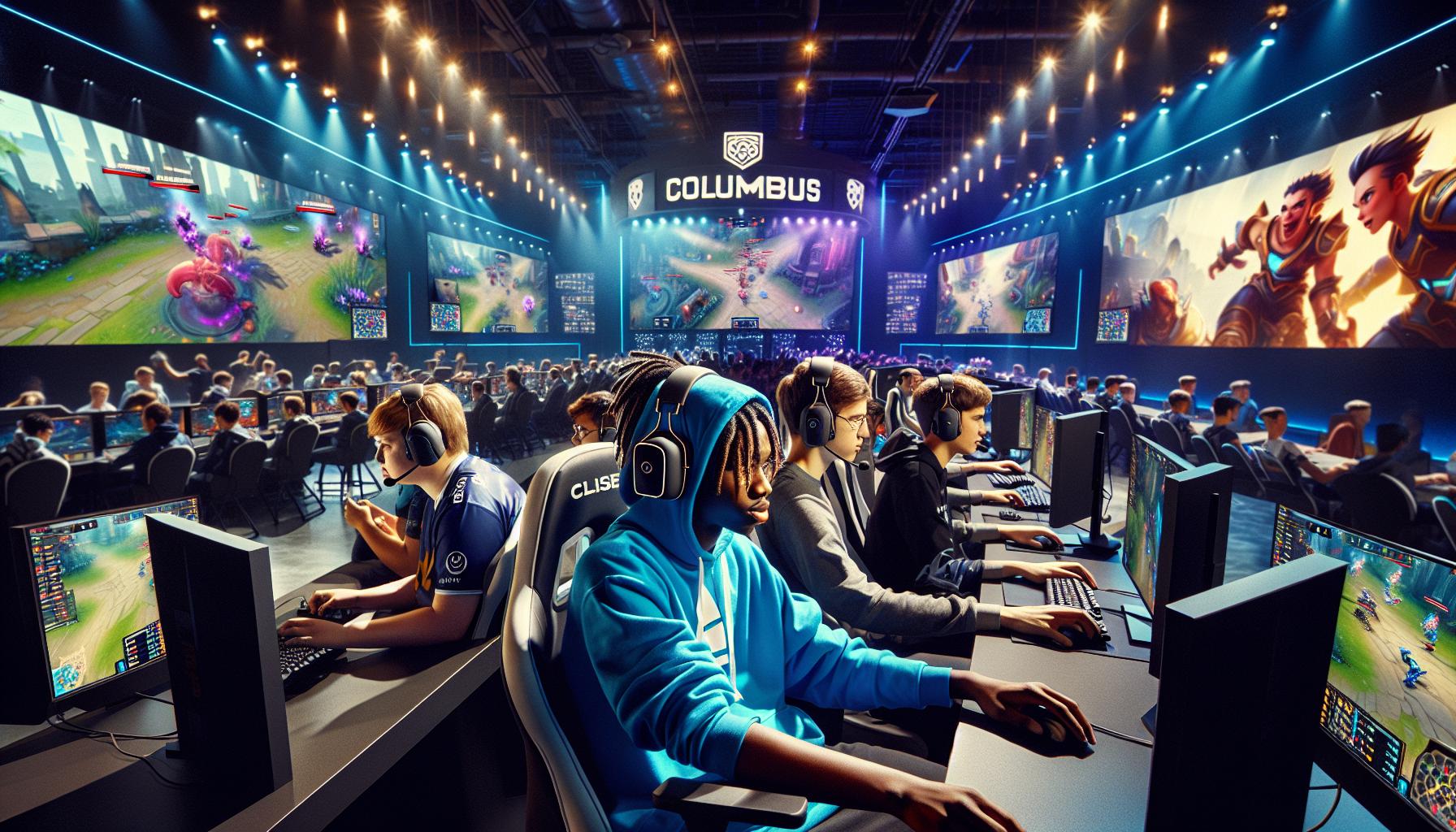Key Takeaways
- Decentralized Control: Cryptocurrency operates on a decentralized network, distributing power among stakeholders, unlike traditional financial systems with centralized authority.
- Key Players: Developers, miners, exchanges, governments, and users each play crucial roles in the cryptocurrency ecosystem, influencing governance and market dynamics.
- Blockchain Technology: The backbone of cryptocurrency, blockchain ensures transparency and accountability by recording transactions across multiple nodes, eliminating central control.
- Centralized Exchanges: While they facilitate trading and liquidity, centralized exchanges (CEXs) introduce risks by controlling users’ funds and potentially undermining the autonomy of decentralized finance.
- Government Regulation: Regulatory bodies significantly affect cryptocurrency operations by establishing frameworks that determine legality, affect market behavior, and enhance investor protection.
- Mining and Validation: Miners and validators ensure network security and transaction validation, with emerging consensus mechanisms like Proof of Stake offering alternatives to traditional mining practices.
Cryptocurrency has revolutionized the financial landscape, offering a decentralized alternative to traditional currencies. But who really controls this digital frontier? Understanding the power dynamics behind cryptocurrencies is crucial for anyone looking to navigate this complex world.
At first glance, the appeal of cryptocurrencies lies in their promise of autonomy and transparency. However, the reality is more nuanced. Different players, from developers and miners to exchanges and governments, influence how cryptocurrencies function and evolve. This article delves into the intricate web of control, exploring the roles these entities play in shaping the future of digital currencies.
Who Controls Cryptocurrency
Control in cryptocurrency differs significantly from traditional financial systems due to its decentralized design. Various key players influence operations and decisions within the cryptocurrency ecosystem.
The Concept of Control in Cryptocurrency
Control in cryptocurrency relies on a decentralized network where no single entity possesses authority over the entire system. Instead, consensus algorithms manage decentralized ledgers, distributing power among various stakeholders. Such systems help mitigate fraud, promote transparency, and enhance user trust. Users and stakeholders engage in governance through voting on protocol changes, reflecting the democratic nature of digital currencies. Their collective decisions shape software updates and network improvements.
Key Players in the Cryptocurrency Space
Several key players impact the functionality and evolution of cryptocurrencies:
- Developers: They create and maintain blockchain protocols. Their decisions about updates and enhancements can significantly influence a cryptocurrency’s direction.
- Miners: Miners validate transactions and secure the network by solving complex cryptographic challenges. Their economic incentives establish a foundational layer of trust and security within the system.
- Exchanges: Exchanges facilitate the trading of cryptocurrencies. They provide liquidity and influence accessibility, shaping user engagement with specific coins.
- Governments: Governments regulate cryptocurrency activities, impacting compliance and usage. Their policies can shape market volatility and influence public sentiment towards digital currencies.
- Users: Users constitute the community driving adoption and use. Through their participation and transactions, they contribute to the overall demand dynamics and market trends.
This interconnected web of players forms the framework that governs the control mechanisms of cryptocurrencies, defining their place in the financial landscape.
Decentralization vs. Centralization

Decentralization and centralization significantly influence the control dynamics of cryptocurrency. Understanding these concepts provides insight into the operational framework of digital currencies.
The Role of Blockchain Technology
Blockchain technology serves as the backbone of cryptocurrencies, ensuring decentralization. Each transaction gets verified and recorded across multiple nodes in the network, eliminating a single point of control. This distributed ledger promotes transparency, as all participants can access transaction data, ensuring accountability among stakeholders. The consensus algorithms, like Proof of Work or Proof of Stake, further enhance this decentralization by requiring agreement among participants before transactions are validated. Consequently, this setup fosters a trustless environment, where users don’t rely on any central authority.
Impact of Centralized Exchanges
Centralized exchanges (CEXs) provide platforms for trading cryptocurrencies but introduce an element of centralization. They act as intermediaries, controlling user funds and transactions, which contrasts with the fundamental principles of decentralization. Users deposit their assets into the exchange, giving the exchange control over these funds. This model raises security concerns, as CEXs can become targets for hacks or mismanagement. Moreover, centralized exchanges often impose regulations and compliance measures dictated by governments, further influencing market dynamics. While they offer liquidity and ease of use, reliance on CEXs can undermine the autonomy that decentralized finance strives to achieve.
Government Regulations and Influence

Government regulations significantly shape the cryptocurrency landscape. Regulatory bodies establish frameworks that guide the operation and legitimacy of digital assets.
Regulatory Bodies and Their Power
Regulatory bodies, including the U.S. Securities and Exchange Commission (SEC) and the Financial Conduct Authority (FCA) in the UK, wield substantial power over cryptocurrency operations. These organizations define legal standards that determine whether cryptocurrencies are classified as securities or commodities.
- SEC: Focuses on protecting investors and maintaining fair markets by enforcing securities laws.
- FCA: Regulates crypto businesses to prevent financial crime and protect consumers.
- European Securities and Markets Authority (ESMA): Harmonizes regulations across EU member states, ensuring consistent treatment of cryptocurrency investments.
These organizations can impose regulations, conduct investigations, or issue fines, thus influencing market behavior and investor confidence.
Case Studies of Government Intervention
Case studies illustrate the extent of government intervention in the cryptocurrency space.
- China: Implemented strict bans on cryptocurrency trading and Initial Coin Offerings (ICOs) in 2017. This action significantly impacted global market dynamics, triggering substantial price drops.
- United States: Increased scrutiny on stablecoins, prompting discussions around their classification as securities. Initiatives like the proposed Stablecoin Transparency Act aim to create a regulatory framework to ensure consumer protection.
- India: Proposed harsh penalties for cryptocurrency transactions, sparking widespread uncertainty among investors. However, recent developments indicate a possible shift towards regulation rather than an outright ban.
These interventions highlight the ongoing tug-of-war between innovation in the cryptocurrency sector and regulatory oversight aimed at maintaining financial stability.
The Influence of Miners and Validators

Miners and validators play crucial roles in the cryptocurrency ecosystem, significantly influencing its operation and governance. Their contribution ensures network security, transaction validation, and consensus adherence.
Mining Pools and Their Control
Mining pools aggregate the resources of multiple miners, enhancing the efficiency of mining operations. By pooling computational power, miners increase their chances of successfully mining blocks and obtaining rewards. This collective effort can lead to centralized control within certain pools, potentially affecting the overall decentralization of the network.
Prominent mining pools include F2Pool, Poolin, and BTC.com. Each pool exerts influence over hash rates, impacting blockchain security and transaction processing. Centralization within mining pools could lead to concerns, such as the ability to execute a 51% attack, where one entity gains majority control over the network, undermining its integrity.
The Role of Proof of Stake
Proof of Stake (PoS) offers an alternative consensus mechanism, shifting control from energy-intensive mining to staking. In PoS, validators are chosen to create new blocks and confirm transactions based on the amount of cryptocurrency they hold and are willing to “stake” as collateral. This approach enhances energy efficiency while fostering decentralization by reducing the dominance of mining pools.
Top cryptocurrencies utilizing PoS include Ethereum 2.0, Cardano, and Polkadot. Validators earn rewards proportional to their stake, incentivizing long-term holding and participation in network governance. While PoS promotes decentralization, concerns arise regarding wealth concentration, as wealthy participants have greater influence in validating transactions and governance decisions.
Understanding Who Controls Cryptocurrency
Understanding who controls cryptocurrency reveals a complex interplay of various stakeholders. Each group—from developers to miners to regulatory bodies—contributes to the dynamic landscape that shapes digital currencies. This decentralized structure fosters transparency and trust but also introduces challenges related to centralization and regulatory oversight.
As cryptocurrency continues to evolve, the balance between innovation and control will remain crucial. Stakeholders must navigate this intricate environment to ensure that the benefits of decentralization are preserved while addressing the concerns that arise from centralized influences. The future of cryptocurrency depends on how these power dynamics unfold, impacting its role in the global financial system.


 Ticket Sales: Major sporting events attract large crowds, boosting revenue. For instance, the Super Bowl can generate over $600 million in ticket sales annually.
Ticket Sales: Major sporting events attract large crowds, boosting revenue. For instance, the Super Bowl can generate over $600 million in ticket sales annually. Annual revenues for the leading sports reveal a competitive landscape. American football commands a staggering $16 billion in revenue, largely driven by the NFL’s lucrative broadcasting contracts and extensive merchandise sales. Soccer follows with $10 billion, fueled by global reach and major league sponsorships. Basketball and baseball each generate approximately $8 billion and $10 billion, respectively, highlighting the prominence of franchises like the NBA and MLB in their markets. Niche sports, including esports, show rapid revenue growth, attracting young demographics and engaging audiences online.
Annual revenues for the leading sports reveal a competitive landscape. American football commands a staggering $16 billion in revenue, largely driven by the NFL’s lucrative broadcasting contracts and extensive merchandise sales. Soccer follows with $10 billion, fueled by global reach and major league sponsorships. Basketball and baseball each generate approximately $8 billion and $10 billion, respectively, highlighting the prominence of franchises like the NBA and MLB in their markets. Niche sports, including esports, show rapid revenue growth, attracting young demographics and engaging audiences online.